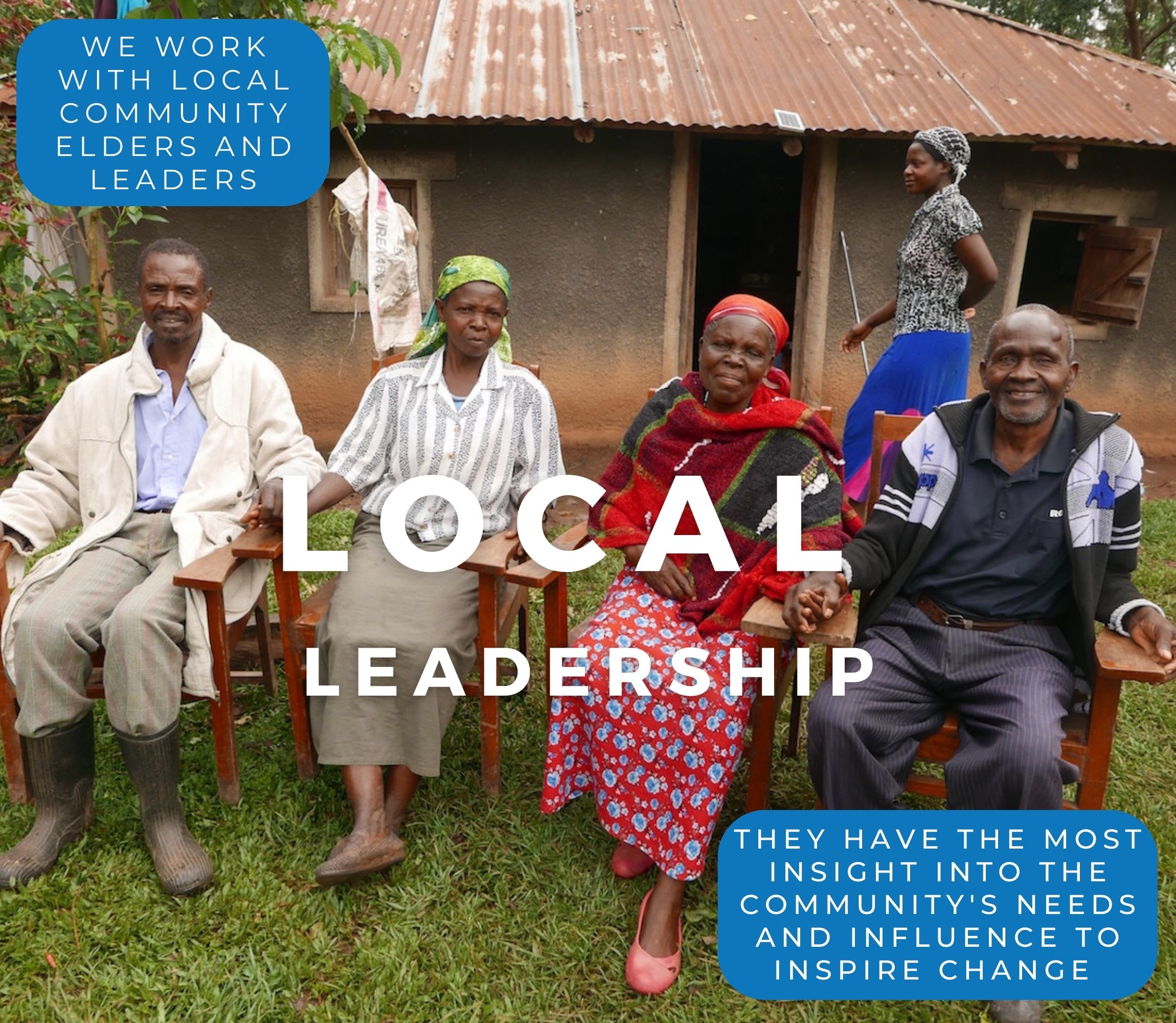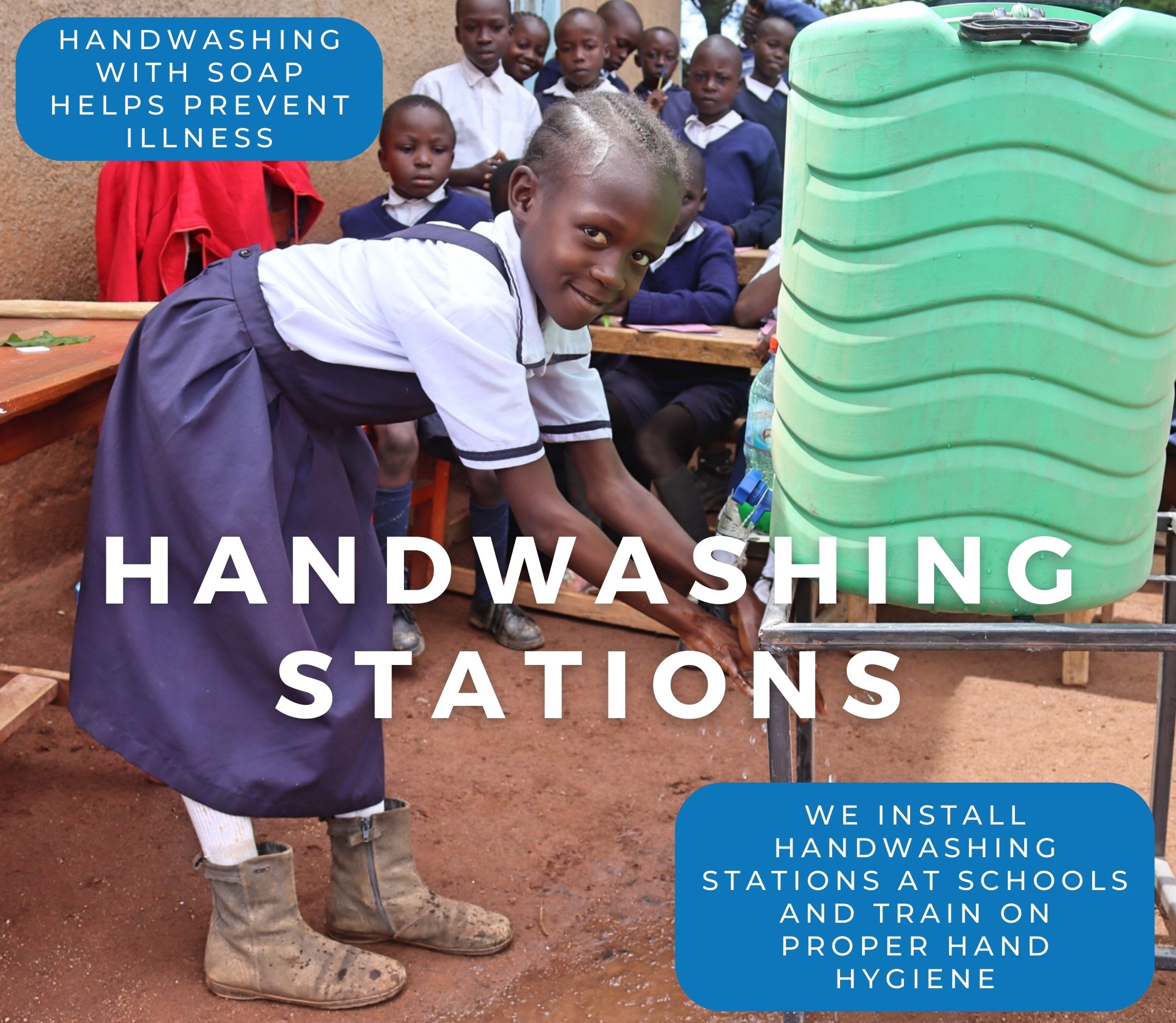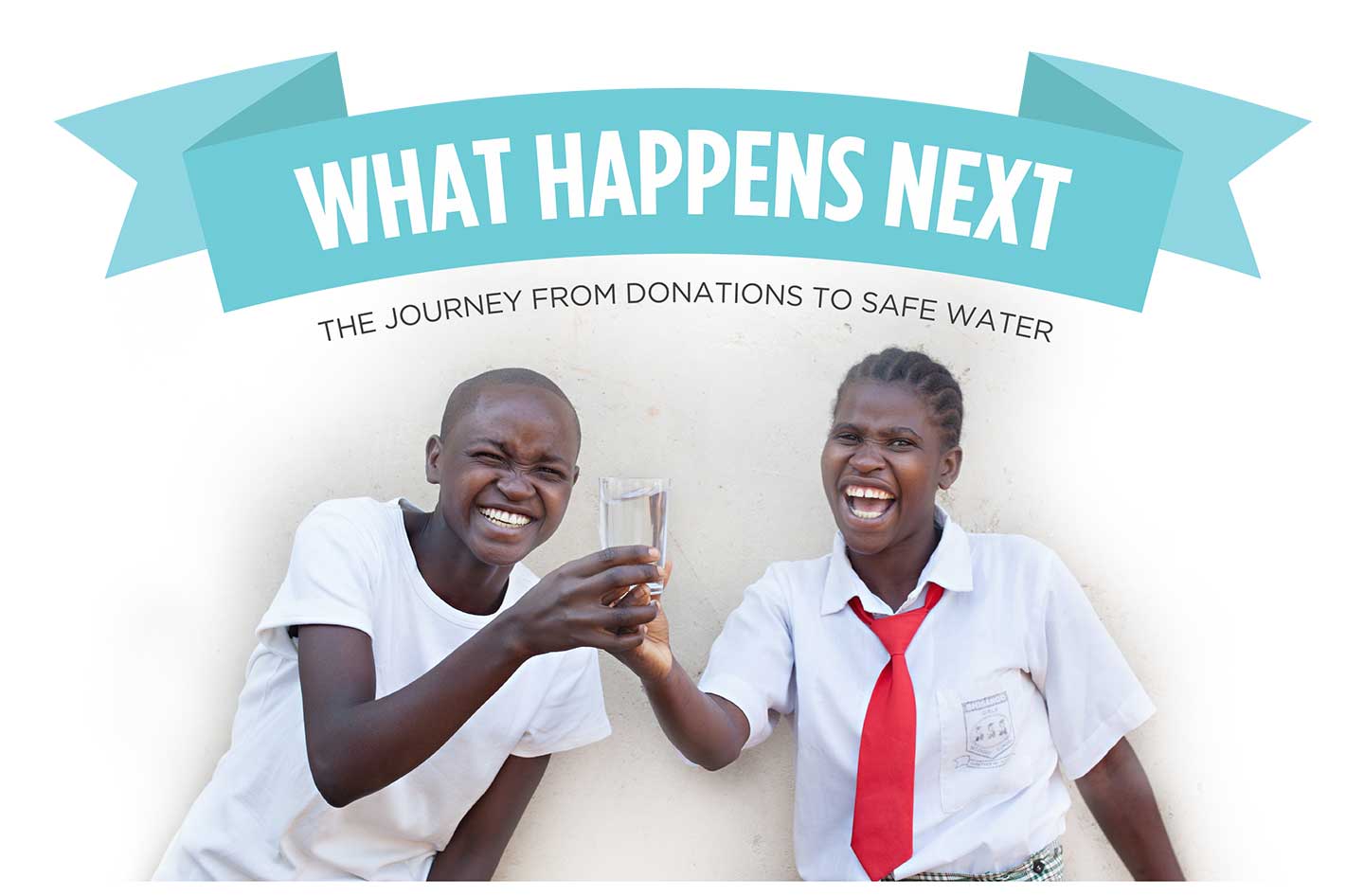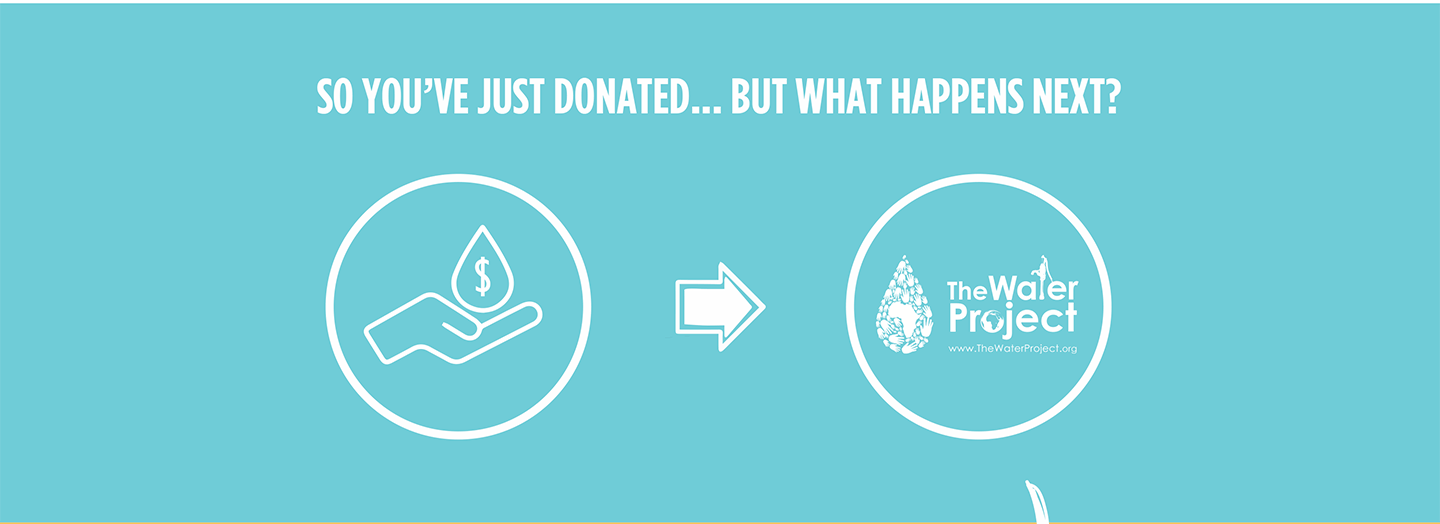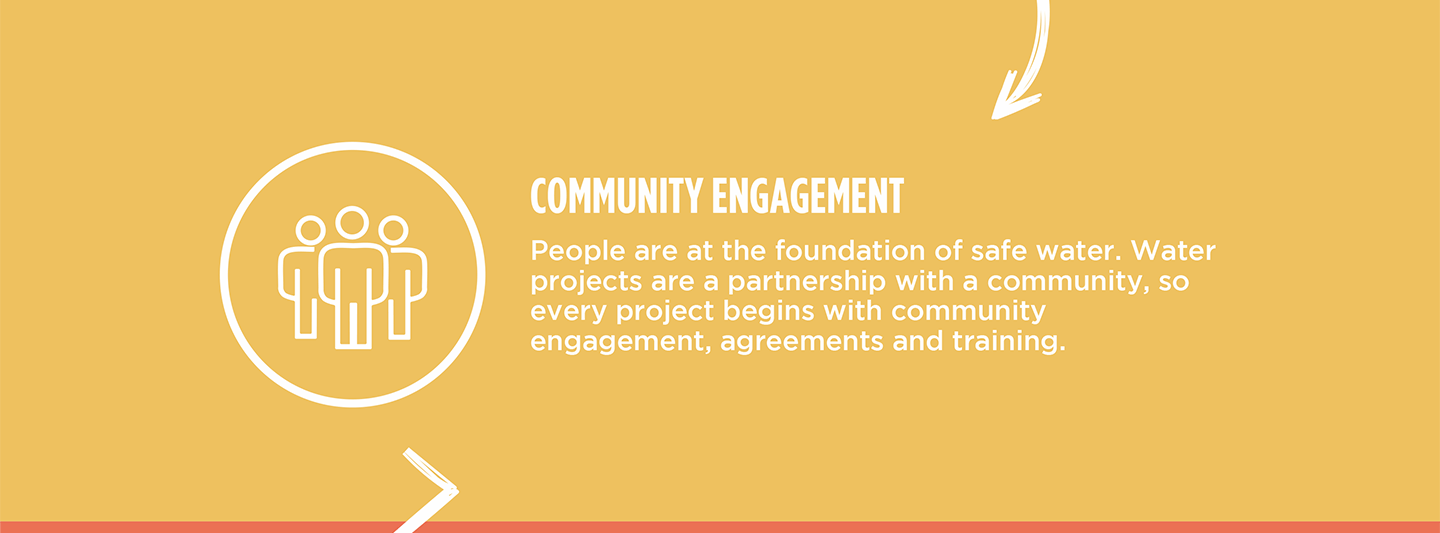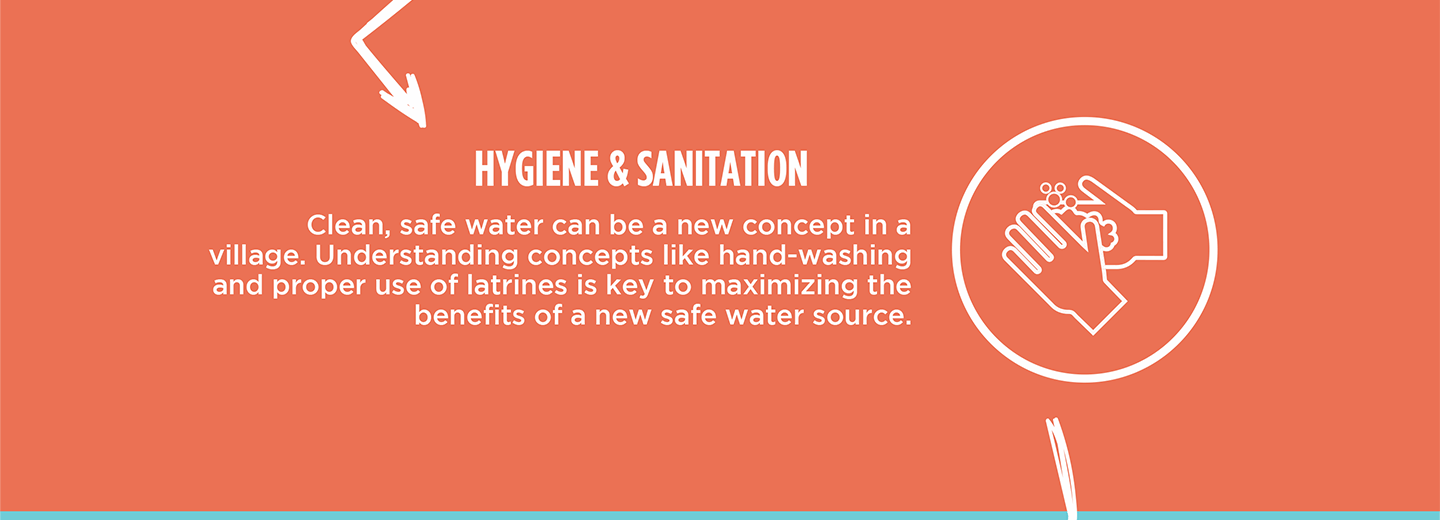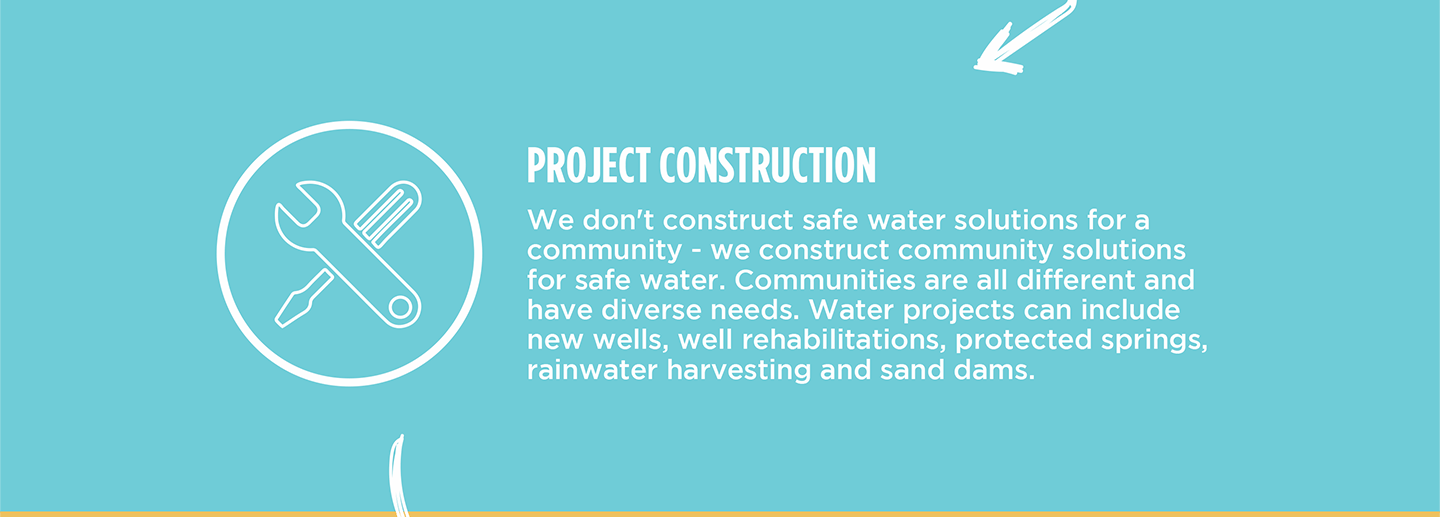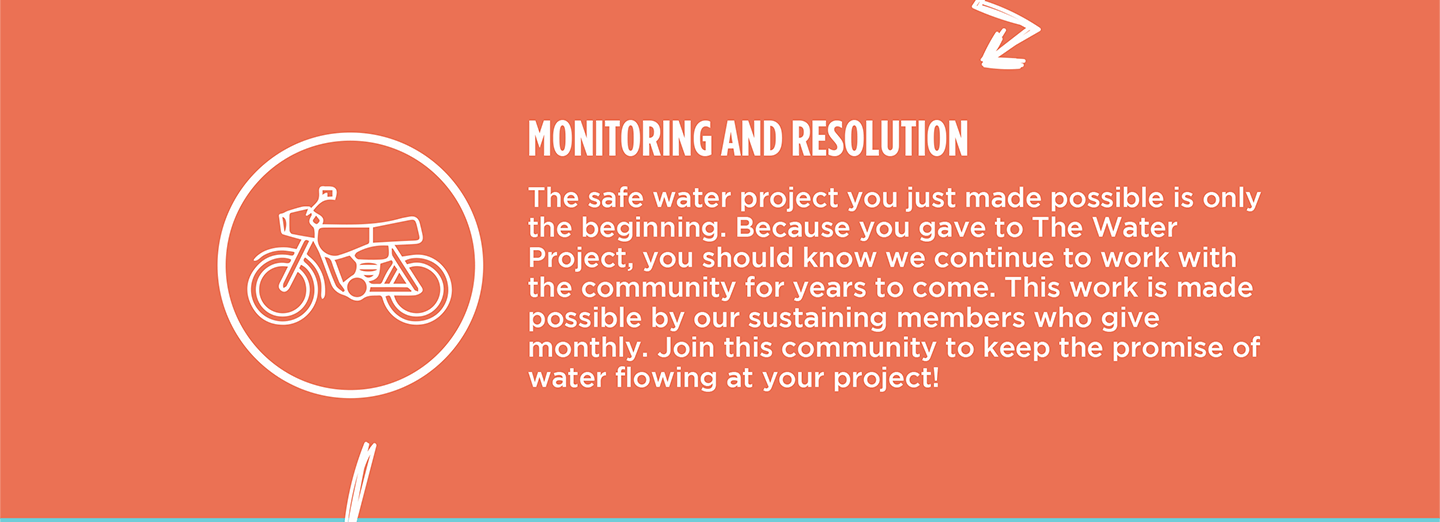Due to the arid landscape, rampant drought, and short rains experienced in this region of Kenya, people are always on the hunt for water.
Kanyuuni Primary School has two rain tanks on its campus, but they are too small and leaking, so there is no way to store enough water to meet the needs of its 187 students and teachers every day.
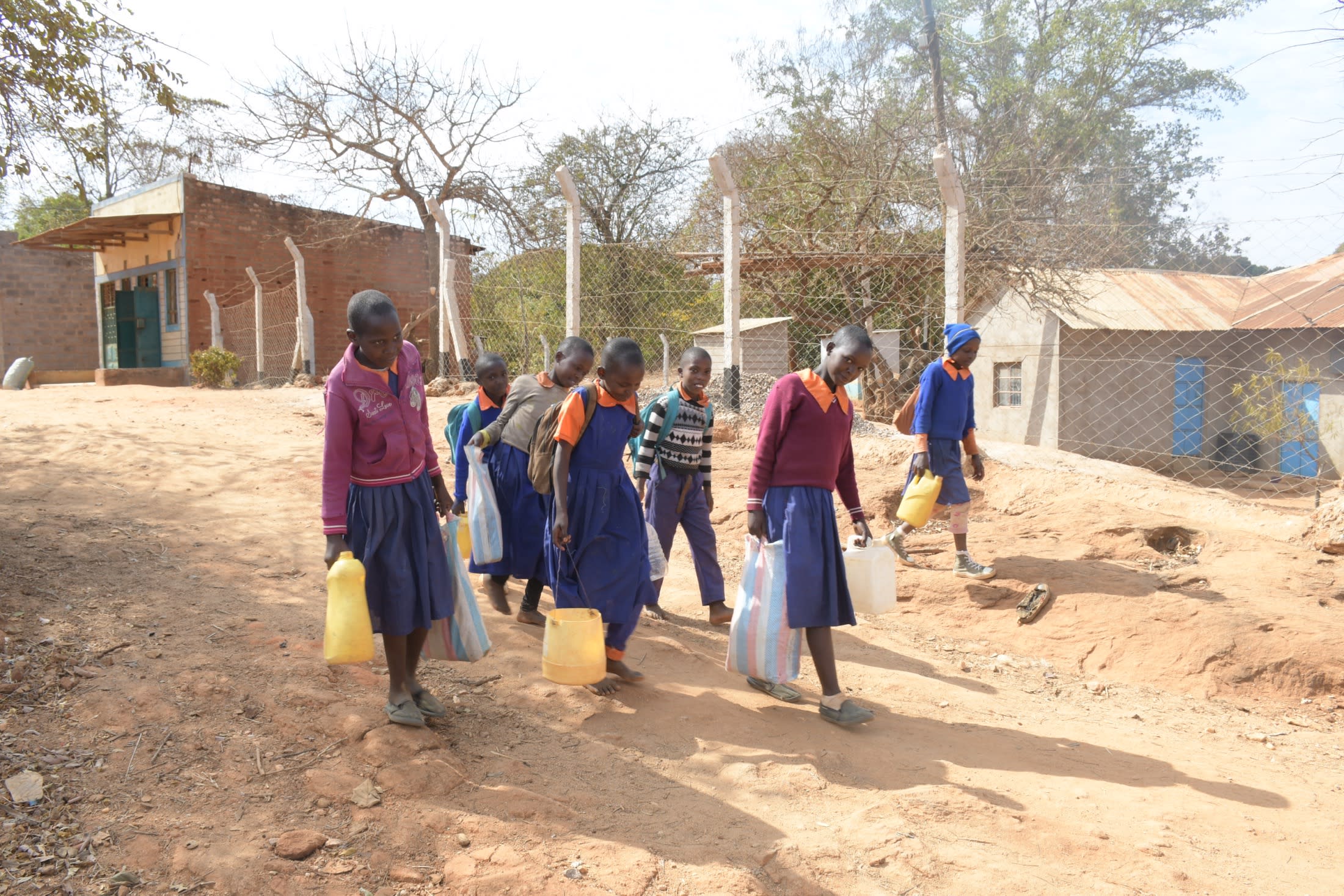
Students carry water from home to fill the gap, but still, they run out. This forces the school administration to purchase water from vendors, which is costly and takes away from other vital programs at the school. A large amount of water is required for drinking, cooking, sanitation, and the agricultural program. Sadly, there is never enough to go around.
Students and staff feel so many negative impacts due to the lack of water. Hygiene and sanitation suffer, causing foul-smelling latrines and dingy classrooms that make learning uncomfortable. The school's agricultural program goes without water, leading to dismal performance from agricultural students due to no fault of their own. And the school feeding program has been discontinued, making everyone bring their own food to school instead of it being provided.
"We have had to stop irrigating crops that help in studying agriculture, hence the performance in the subject has dwindled. Construction projects within the school cannot be accomplished because of the acute shortage. The school's facilities also suffer from poor hygiene and sanitation because we do not mop our classes throughout the term, and latrines have contracted a foul smell," said 59-year-old head teacher Serah Kilonzo, seen below teaching students.
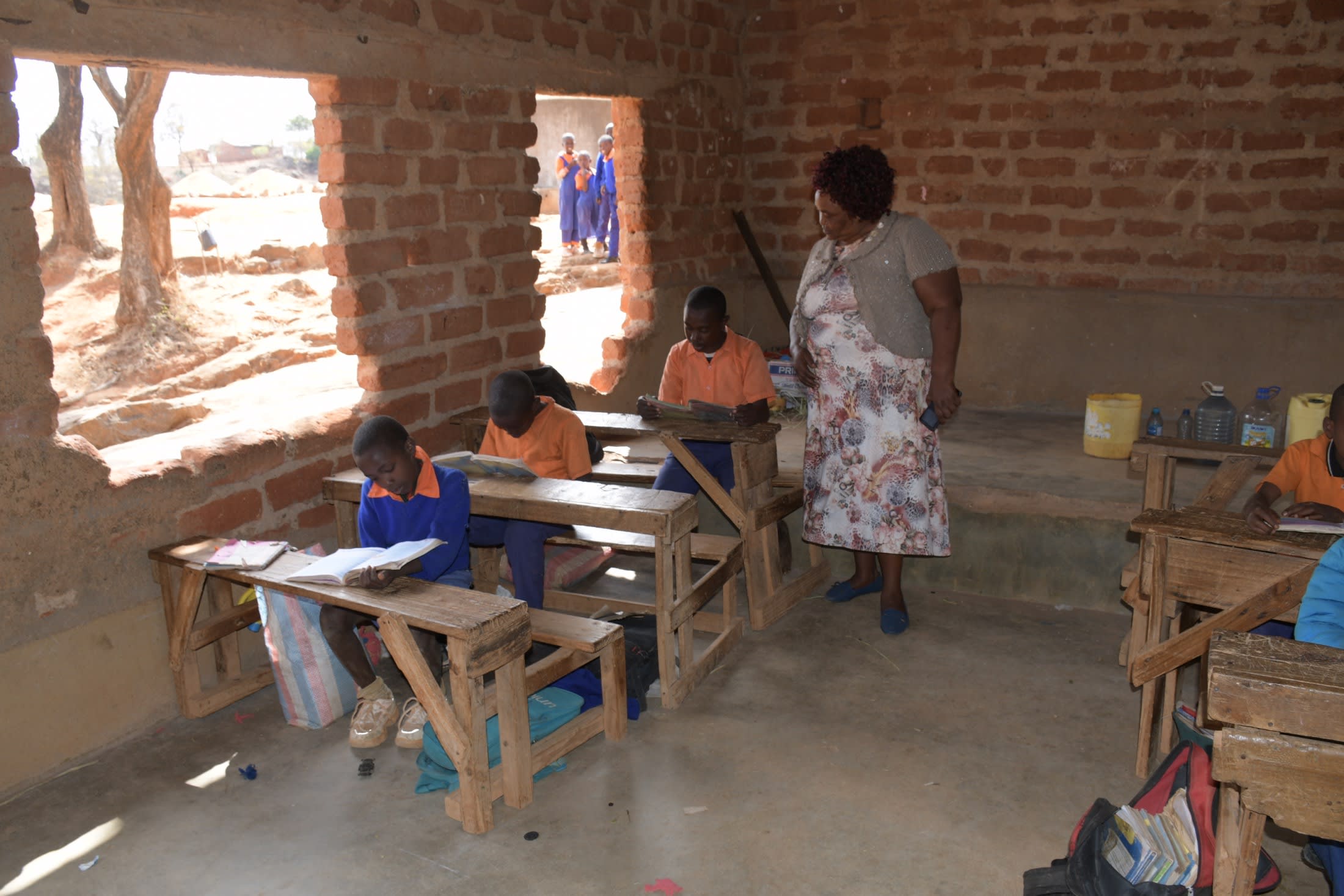
But the insufficient amount of water is not the only problem, so is the quality of what is being collected. The water from students and vendors is most often acquired from scoop holes in dry riverbeds that are contaminated by people and animals. Consuming the water exposes everyone to water-related illnesses like typhoid, amoeba, and dysentery, and students are often absent as a result of contracting them, which negatively impacts their academic performance.
"The water availed by students and the vendor is acquired mostly from contaminated scoop holes or unprotected dug wells, which exposes students to complications like stomachaches and diarrhea related to typhoid or amoeba. Every term, more than a dozen pupils are absent from school after contracting water-related infections," concluded Serah Kilonzo.
Carrying water and food to school is also time-consuming and exhausting for students, leaving them with less time and energy for learning.
"Carrying water to school is arduous and time-consuming because of the long distance. The exhaustion forces me to often doze off and [be] inattentive during class hours," said 13-year-old Martha C.(shown below).
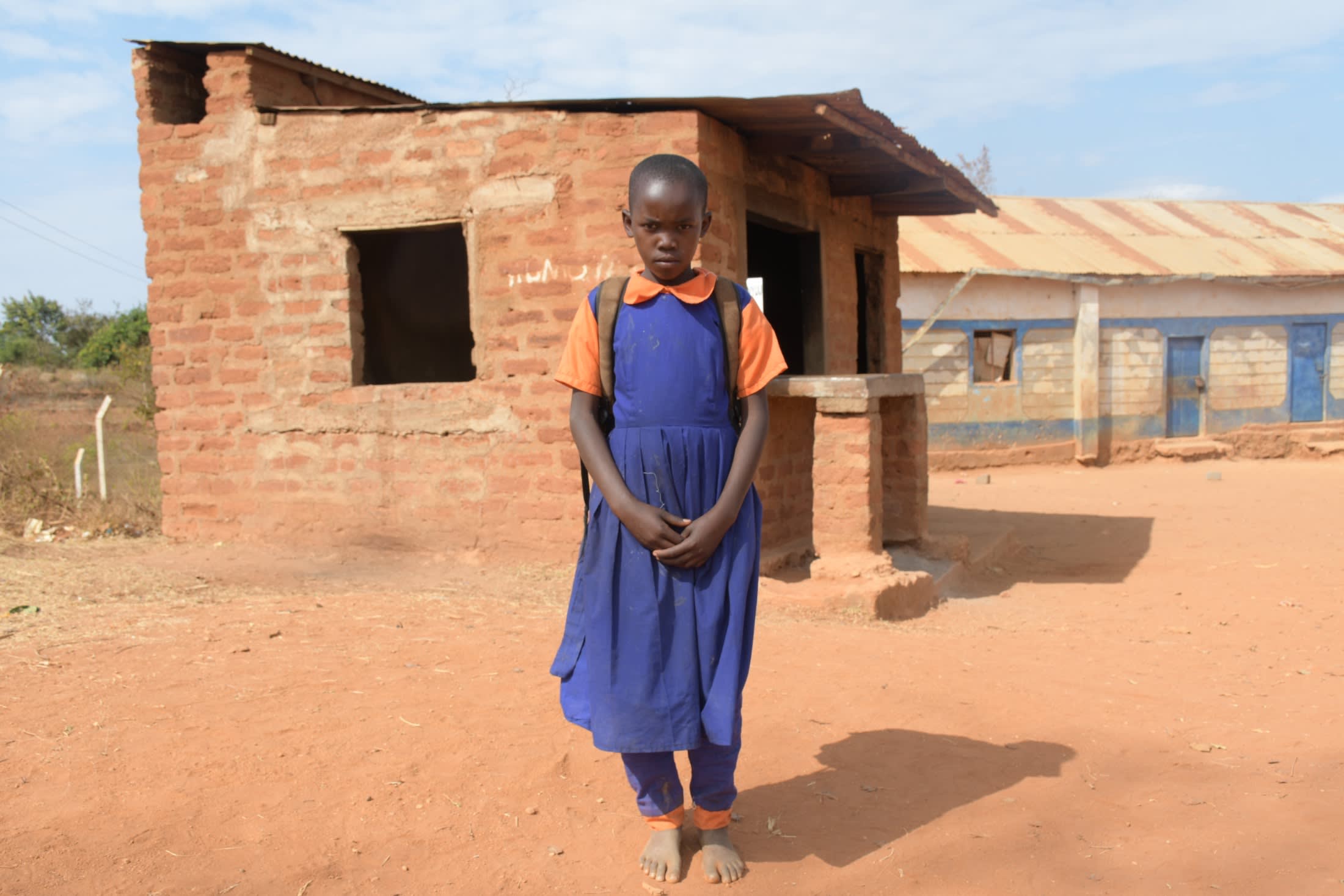
The installation of a larger, well-functioning tank will make sufficient, safer water available to everyone. The school's sanitation should improve, and the chances of being exposed to water-related infections should reduce.
And hopefully, with plenty of water and better health, students will have a more enjoyable learning environment and improve their academic performance, lending to a brighter future.
Rain Tank
We will build a 104,000-liter rain tank for this school, making the others look tiny in comparison. Because of how rarely it rains in Southeastern Kenya, this tank's large volume is designed to store as much water as possible during the seasonal rains, making more water available through the dry months. This water will benefit the students, teachers, and supplementary staff.
Parents will mobilize the materials needed for construction, including sand, stones, and water. They will also lend their strength and time to help with the construction. We will complement their materials with a skilled artisan to lead the project in addition to providing the tools, lumber, metal, cement, and gutter system.
As soon as the tank has time to cure, it can begin collecting rainwater for the school's use.
Training
We will train students and staff on sanitation, hygiene, and other topics for 1 day. Those in attendance will form a school health club that will promote good hygiene and sanitation practices both at school and at home. They will learn all of the steps to proper handwashing, how to treat water, and how to keep their environment clean. The school will also be taught how to best oversee and maintain its new rain tank and handwashing stations.
Handwashing Stations
A total of 3 handwashing stations will be installed upon the project’s completion and before training. These are 1,000-liter plastic tanks fitted with 3 taps each, allowing 9 students to wash their hands at once. The student health club and school management will be responsible for making sure the tanks are filled with water and that a cleaning agent such as soap or ash is always available.




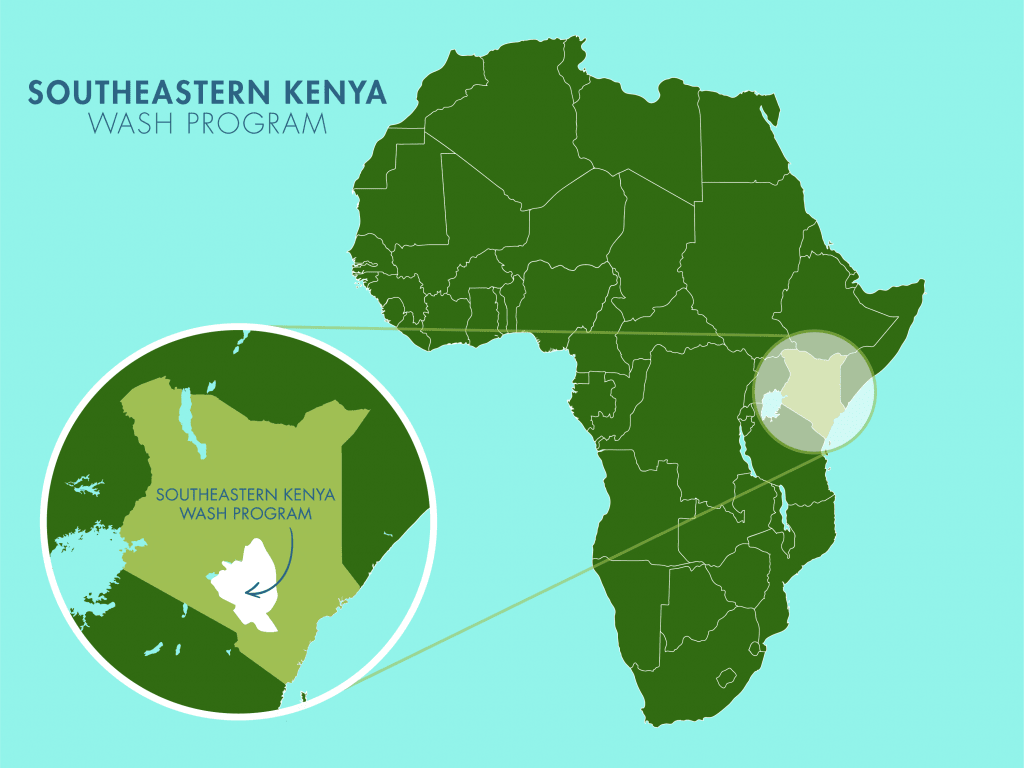
 Rainwater Catchment
Rainwater Catchment
 Rehabilitation Project
Rehabilitation Project

